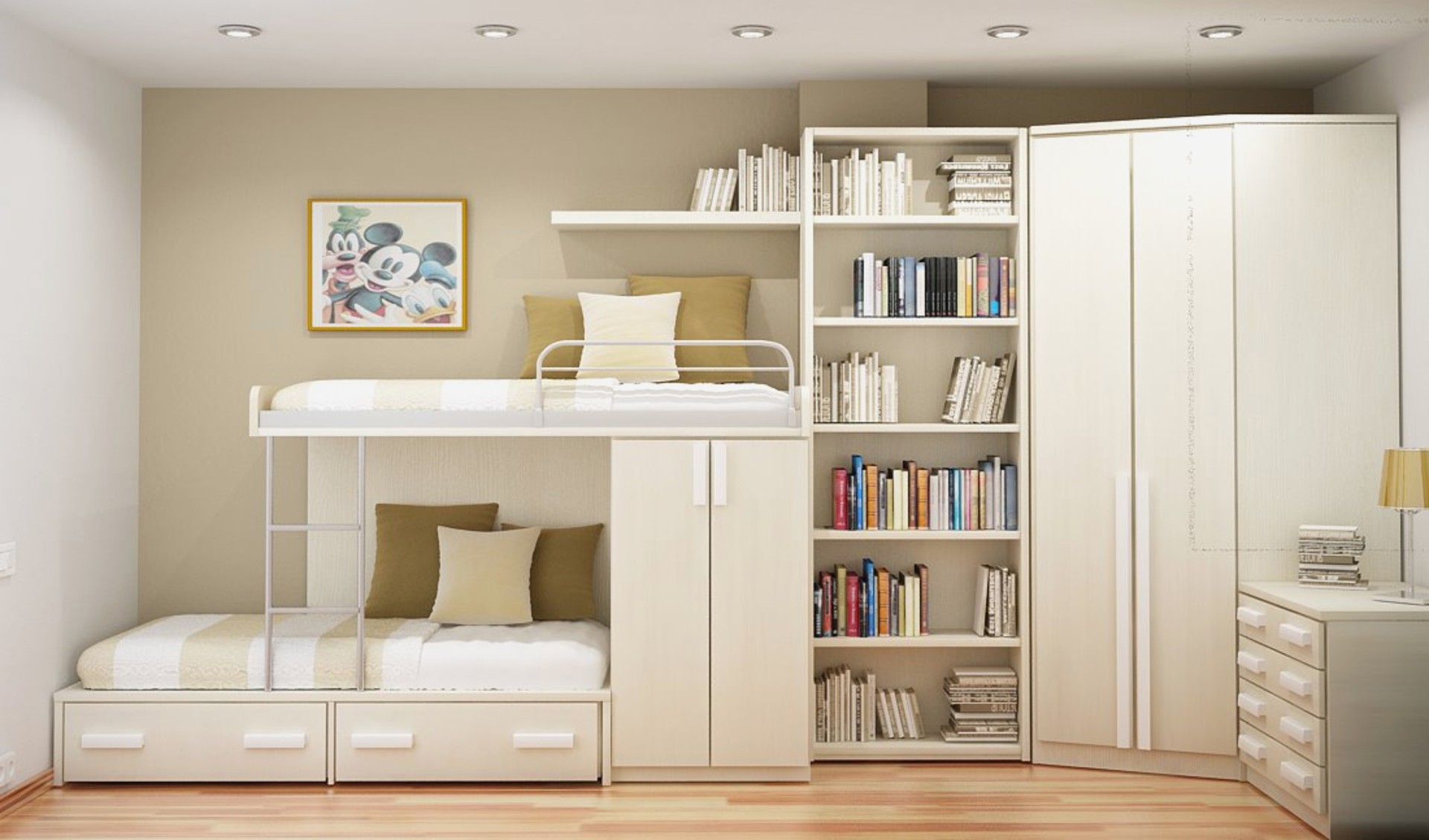
Standing desks, also known as stand-up desks, height-adjustable desks, or sit-stand desks, have gained popularity as an ergonomic solution to combat the negative health effects associated with prolonged sitting. These desks allow users to alternate between sitting and standing positions throughout the workday, promoting movement and reducing sedentary behavior. Here’s a comprehensive overview of standing desks:
Types of Standing Desks:
- Manual Standing Desks: These desks require manual adjustment, usually through a crank or lever mechanism. They are typically more affordable but may be less convenient to adjust frequently.
- Electric Standing Desks: Electric standing desks feature a motorized mechanism that allows for easy and quick height adjustment with the push of a button. They offer convenience and precise customization of desk height.
- Desktop Converters: These are units placed on top of existing desks to convert them into standing desks. They are a more affordable option for those who already have a desk but want the flexibility to stand while working.
Benefits of Standing Desks:
- Reduced Risk of Health Issues: Height Adjustable Tables can help reduce the risk of various health issues associated with prolonged sitting, such as obesity, diabetes, cardiovascular disease, and musculoskeletal disorders.
- Improved Posture: Alternating between sitting and standing can promote better posture and reduce strain on the spine, neck, and shoulders.
- Increased Energy and Productivity: Standing desks may help increase energy levels and productivity by promoting better circulation and reducing fatigue associated with prolonged sitting.
- Flexibility and Movement: Standing desks provide the flexibility to easily switch between sitting and standing positions, allowing for more movement throughout the workday.
Considerations When Choosing a Standing Desk:
- Adjustability: Ensure that the desk height can be easily adjusted to accommodate your height and ergonomic needs.
- Stability: Choose a desk that is stable and can support the weight of your equipment without wobbling or shaking.
- Workspace: Consider the size and configuration of the workspace to ensure that it fits comfortably in your office or home environment.
- Budget: Set a budget for your standing desk purchase and explore options within your price range that offer the features and quality you need.
- Additional Features: Some standing desks come with additional features such as built-in cable management, programmable height settings, and ergonomic accessories like monitor arms and keyboard trays.
Tips for Using a Standing Desk:
- Gradual Transition: Start by using the standing desk for short periods and gradually increase the duration as your body adjusts to the new position.
- Proper Ergonomics: Maintain proper ergonomics while standing by adjusting the desk height, monitor position, and keyboard placement to promote neutral postures.
- Comfort Mat: Consider using an anti-fatigue mat to reduce pressure on your feet and lower limbs while standing.
- Regular Movement: Remember to incorporate regular movement, stretching, and short breaks throughout the day to avoid prolonged static standing.
- Listen to Your Body: Pay attention to how your body feels and adjust your standing and sitting habits as needed to find a balance that works best for you.
By carefully considering your needs, budget, and workspace requirements, you can find a standing desk solution that promotes a healthier and more comfortable work environment.

Ergosphere Ergonomics
LG38 MGF Metropolis Mall
MG Road, Gurgaon.
+91 9911324000, +91 9643024000
Email: sanjay@ergosphere.in, jatin@ergosphere.in, mukul@ergosphere.in
Website: https://ergosphere.in/


